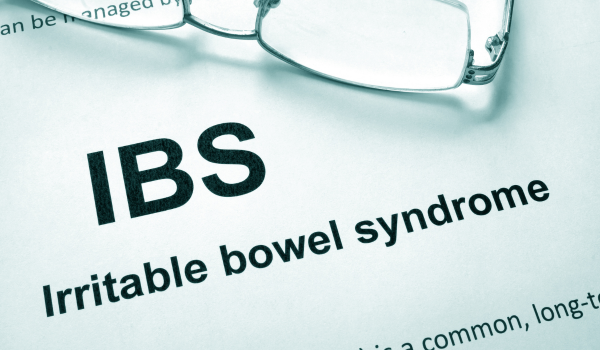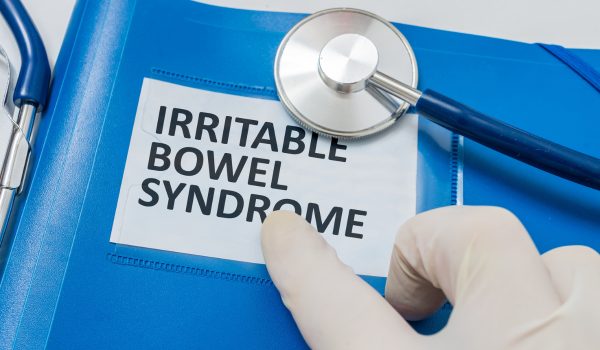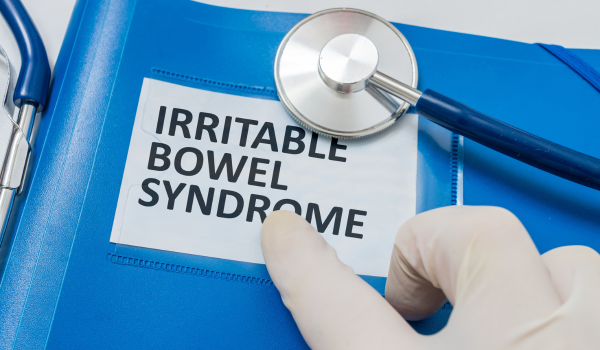
Irritable Bowel Syndrome (IBS) is one of the most common digestive disorders, but diagnosing it can be challenging. This is because IBS does not have a single, definitive test. Instead, diagnosis is based on a careful review of symptoms, medical history, and the exclusion of other gastrointestinal diseases.
Doctors use a combination of clinical criteria, physical examination, and, when necessary, laboratory or imaging tests to confirm IBS. Understanding the diagnostic process can help you navigate your healthcare journey and ensure you receive the right treatment.
Initial Consultation
The first step in diagnosing IBS begins with a thorough discussion with your healthcare provider. This includes:
-
Describing your symptoms — when they started, how often they occur, and what makes them better or worse.
-
Reviewing your medical history — including past digestive issues, surgeries, or related conditions.
-
Discussing your diet and lifestyle — identifying possible food triggers and stress factors.
Your doctor will also ask about “red flag” symptoms such as unexplained weight loss, blood in stool, persistent vomiting, or nighttime diarrhea, which may point to other, more serious conditions.
Physical Examination
A physical exam helps rule out obvious signs of other digestive disorders. This may involve:
-
Abdominal examination — checking for tenderness, bloating, or unusual masses.
-
Rectal examination — in some cases, to detect abnormalities such as hemorrhoids, fissures, or blood in stool.
While the physical exam may not confirm IBS directly, it provides valuable information for narrowing down the possibilities.
Rome IV Criteria
Doctors often use the Rome IV criteria to diagnose IBS. According to these guidelines, a diagnosis requires:
-
Recurrent abdominal pain at least 1 day per week in the last 3 months,
-
Associated with at least two of the following:
-
Pain related to defecation
-
Change in stool frequency
-
Change in stool form or appearance
-
These criteria help standardize diagnosis and ensure that symptoms are consistent with IBS rather than another condition.
Symptom-Based Diagnosis
IBS is considered a functional gastrointestinal disorder, meaning the digestive system appears normal but doesn’t work as it should. Because of this, diagnosis is often based on symptom patterns rather than visible structural damage.
Your doctor will categorize your IBS into one of four types:
-
IBS with constipation (IBS-C)
-
IBS with diarrhea (IBS-D)
-
Mixed IBS (IBS-M)
-
Unclassified IBS (IBS-U)
Identifying your IBS subtype helps guide treatment options.
Blood Tests
Blood tests can help rule out other causes of your symptoms. These may include:
-
Complete Blood Count (CBC) — checks for anemia or infection.
-
C-reactive protein (CRP) or ESR — measures inflammation that could indicate conditions like inflammatory bowel disease (IBD).
-
Celiac disease screening — detects antibodies linked to gluten intolerance.
A normal blood test result supports an IBS diagnosis, especially when combined with typical symptoms.
Stool Tests
Stool samples are analyzed to detect infections, parasites, or signs of inflammation. Common stool tests include:
-
Fecal calprotectin — measures inflammation in the intestines.
-
Stool culture — checks for bacterial or parasitic infections.
-
Occult blood test — detects hidden blood in stool.
These tests are particularly useful for ruling out conditions like Crohn’s disease, ulcerative colitis, or gastrointestinal infections.
Lactose and Fructose Intolerance Tests
Some people have digestive symptoms similar to IBS due to food intolerances, such as lactose or fructose malabsorption.
Breath tests can measure hydrogen or methane levels after consuming these sugars, helping determine if they are causing your symptoms.
Colonoscopy
A colonoscopy may be recommended if you have concerning symptoms or risk factors for colon cancer, such as being over age 50 or having a family history of the disease.
During the procedure, a thin tube with a camera examines the lining of your colon. While IBS does not cause visible damage, this test can rule out structural abnormalities or diseases like polyps and cancer.
Flexible Sigmoidoscopy
Similar to colonoscopy but less extensive, a sigmoidoscopy examines only the lower part of the colon. This test is sometimes used for younger patients with less severe symptoms.
Imaging Tests
If your doctor suspects other digestive problems, imaging tests like abdominal ultrasound, CT scan, or MRI may be ordered.
These tests are not used to diagnose IBS directly but can identify conditions such as gallstones, pancreatic disease, or tumors.
Elimination Diet
An elimination diet involves removing potential trigger foods for several weeks and then reintroducing them one by one to see if symptoms return.
While not a formal diagnostic test, this approach can help determine if certain foods — such as dairy, wheat, or high-FODMAP items — are contributing to your symptoms.
Psychological Assessment
Because IBS is closely linked to the gut-brain connection, your doctor may assess mental health factors such as stress, anxiety, or depression. These can significantly influence symptom severity and frequency.
Differential Diagnosis
Before confirming IBS, other conditions must be ruled out, including:
-
Inflammatory bowel disease (IBD)
-
Celiac disease
-
Colon cancer
-
Gastrointestinal infections
-
Endometriosis (in women)
A process of exclusion ensures that IBS is the correct diagnosis.
When to Seek a Second Opinion
If your symptoms are severe, persistent, or not improving with treatment, it may be worth getting a second opinion from a gastroenterologist. Specialized testing or advanced evaluations may be needed to ensure nothing else is being missed.
Conclusion
Diagnosing IBS is a step-by-step process that involves understanding your symptoms, ruling out other conditions, and following established diagnostic guidelines. While there is no single “IBS test,” a combination of medical history, physical examination, and selective testing can lead to an accurate diagnosis.
By working closely with your healthcare provider and providing detailed information about your symptoms, you can get the answers you need and start an effective treatment plan.












